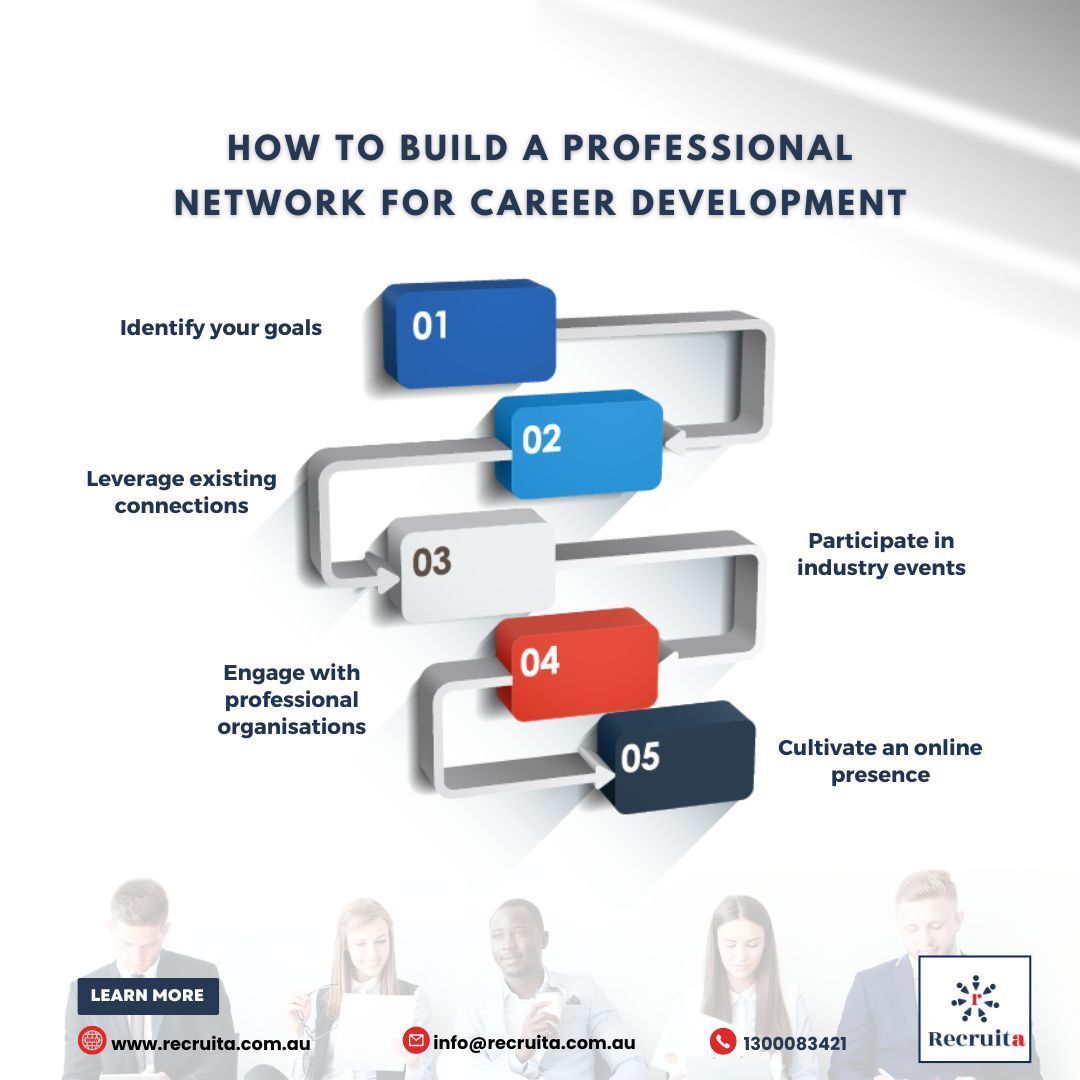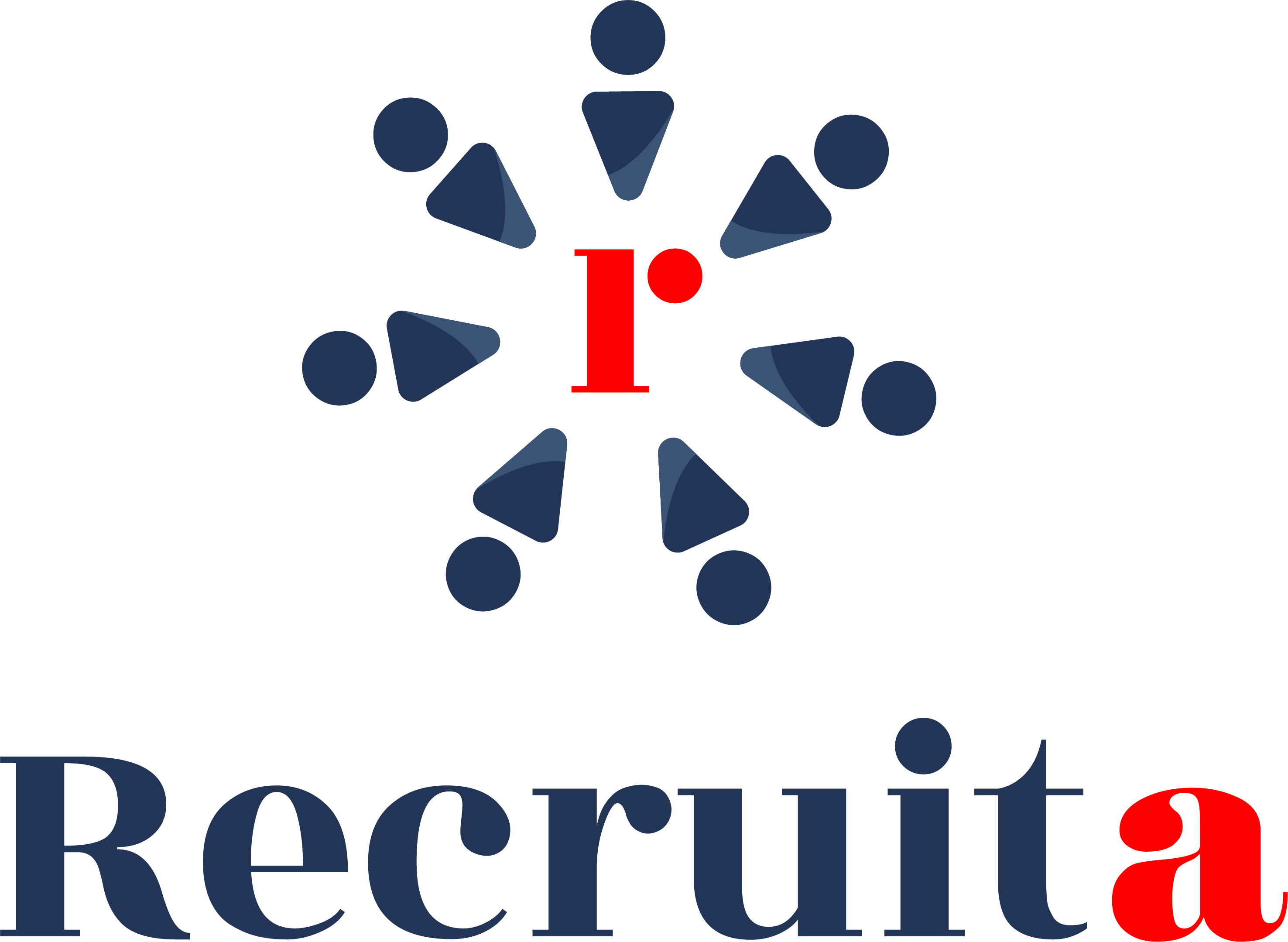When Blind Hiring Advances DEI — and When It Doesn’t
Inspired by the results of the famous orchestra study — where symphony orchestras began hiring more women by having people audition from behind a screen that concealed their gender — some major organizations are now using a “blind hiring” strategy to help achieve goals related to diversity. The typical blind hiring process involves stripping information from job application materials before review that could signal applicants’ memberships in specific groups and cue discrimination. Though not yet widespread, this de-biasing strategy is gaining traction: A recent survey of over 800 U.S.-based HR practitioners indicated that about 20% worked for organizations that used blind hiring and about 60% were familiar with it.
What many practitioners may be unaware of, however, is the large span of new research on blind hiring that has been published since that orchestra study in 2000. Over the past two decades, the efficacy of blind hiring as a strategy to boost hiring outcomes for members of historically disadvantaged groups has been tested in the “field” — that is, in real hiring decisions in real organizations — in various settings across Europe, Canada, and the U.S. By understanding the results of these recent studies, decision-makers in organizations can now determine, at a very granular level, whether a blind hiring strategy is likely to help or hinder their organizations’ efforts to diversify pools of new hires.
What Is “Blind Hiring”?
As a decision-making strategy more broadly, “blinding” involves blocking evaluators from receiving potentially biasing information about a target of evaluation until after an evaluation is complete. Blind hiring policies typically implement this strategy at the initial screening stage of the hiring pipeline, when hiring managers or other decision-makers decide which applicants to interview and which to screen out of the pool.
Organizations using blind hiring policies single out information conveyed in job application materials like resumes and application forms that is irrelevant to the job but could cue unconscious biases in managers. They then strip that information from materials before they are reviewed. Names, for instance, communicate nothing about people’s skills but often communicate their gender and/or race; receiving this information can lead decision-makers to unconsciously favor applicants of certain groups, like white people. Thus, an organization concerned about this type of discrimination might use a blind hiring approach, removing applicants’ names from their materials before letting managers see them. Other types of information, like college graduation years (which communicate age) or hobbies (which can signal social class), are similarly candidates for blinding.
The logic underlying a blind hiring approach is simple: Discrimination against members of certain groups cannot occur at a given hiring stage if evaluators at that stage cannot discern applicants’ group memberships. Accordingly, decision-makers tasked with increasing the diversity of new sets of hires in their organizations may wonder whether a blind hiring approach could help them achieve that goal.
The State of the Science
Over roughly the past two decades, careful academic studies exploring the efficacy of a blind hiring approach have been undertaken across Europe, Canada, and the U.S. In these studies, researchers have compared the proportions of job applicants from disadvantaged groups who are selected for interviews — at organizations in both the public and private sectors — when application materials are blinded or evaluated in the normal fashion. Generally (but not entirely), these studies have found that more applicants from disadvantaged groups advance to the interview stage when a blind hiring approach is used.
In one study in the public sector in Sweden, researchers found that more women and ethnic minorities were selected for interviews when their applications were anonymized versus when names were maintained. Another study in the Swedish public sector found that women who uploaded their credential information to a database used by potential employers were more likely to receive interview invites when their gender information was blinded. And in the Netherlands, researchers found that people of non-Western origin, who represent a traditionally disadvantaged, Dutch job-seeker group, were more likely to be advanced to interviews for public sector jobs when application materials were evaluated in a blind fashion.
Across the Atlantic, a comprehensive study by the Canadian government explored whether blinding information, including applicants’ names and also their citizenships, addresses, educational institutions, and religions, would impact interview selection rates for minority applicants to the public service. Results indicated that, while non-minority applicants were selected for interviews at a slightly higher rate than minority applicants under the traditional process, minority applicants were selected at a higher rate under the blind process. And in the U.S., a study in a restaurant chain indicated that older workers were more likely to be advanced to the interview stage when they submitted applications online, which blinded applicants’ ages.
Some studies, however, have been less positive on the effects of blind hiring. For instance, employers in France were less likely to select applicants from minority social groups for interviews when applicants’ names were blinded versus when they were provided on materials. Consistent with this finding, a large study in Germany found that blind hiring only boosted interview rates for job applicants from minority groups when employers tended to discriminate against applicants from those groups under a traditional process. For employers who were more likely to interview applicants from minority groups under a traditional process, however, the use of a blind hiring policy negated that tendency, leading to worse interview selection rates for applicants from minority groups.
Viewed together, these recent studies suggest that a blind hiring process often helps, but may sometimes hinder, organizations’ goals related to diversity. Informed by these findings, decision-makers should ask themselves three questions to understand whether a blind hiring policy is right for them.
Question 1: Does my organization systematically under-select applicants from traditionally disadvantaged groups for interviews?
Research suggests that blind hiring only boosts interview rates for members of traditionally disadvantaged groups when used by companies that typically under-select applicants from these groups for interviews. This makes sense intuitively — blind hiring will only help if there is bias to eliminate. Thus, if decision-makers are operating in organizations that are failing to diversify pools of new hires overall but are succeeding at diversifying pools of interviewees, adoption of a blind hiring policy to govern the initial screening stage will not help diversity hiring efforts. Instead, they should focus on solutions that address biases during interviews and selection decisions afterward.
Conversely, in organizations that have a history of selecting mostly members of advantaged social groups (e.g., men, white people) for interviews, using blind hiring at the initial screening stage could help.
Question 2: Is the job in question one where being from an advantaged group predicts having the preferred credentials?
Blind hiring blocks unconscious biases by ensuring that decisions about whom to interview are based on credentials alone. However, due to systematic inequities in access to resources and opportunities between groups in society, members of traditionally advantaged groups are disproportionately likely to attend prestigious undergraduate universities, secure sought-after internships, and achieve a post-graduate (e.g., master’s) degree. Thus, if the job being hired for is one where people with fancy credentials are especially likely to be selected for interviews — for example, a management position — members of advantaged groups may still have a leg-up under a blind hiring process, even though discrimination is seemingly blocked.
In these cases, adopting a blind hiring policy to support diversity hiring goals may backfire. Instead, decision-makers might consider either broadening the span of “preferred” credentials for a position, or incorporating applicants’ social identities into interview decisions, so that complicated credentials can be evaluated through the lens of the hurdles — or privileges — applicants may have experienced along the way to achieving them.
Conversely, if interview decisions are based less on having fancy credentials and more on straightforward evaluations of relevant skills and experience — for instance, if the job being hired for is an entry-level position — the discrimination-blocking benefits of blind hiring will likely lead to greater interview rates for members of disadvantaged groups.
Question 3: Are complementary de-biasing strategies being used at other stops along the hiring pipeline?
Say you have a job where, in the past, members of disadvantaged groups have been under-selected for interviews, and group membership doesn’t predict applicants’ likelihood of having the “right” credentials. This job would clear the hurdles in questions one and two and could seem like a good match for a blind hiring approach. Even in this situation, however, a blind hiring approach on its own might not lead to more diversity in the ultimate pool of hires. Blind hiring can only be fully leveraged at the initial screening stage if paired with other de-biasing strategies operating before and after initial screens.
One complementary strategy that should be paired with a blind hiring approach is targeted recruitment of members of disadvantaged groups, such as through pipeline programs at HBCUs. This strategy pairing addresses the fact that discrimination reduction in interview-selection decisions may not boost the diversity of interviewee pools if few members of disadvantaged groups apply in the first place. Blind hiring policies should also be paired with de-biasing strategies at the interview stage, since interviews are generally conducted in an unblind fashion. Indeed, in some of the studies described above, blind hiring boosted interview selection rates for members of disadvantaged groups but did not ultimately increase their likelihood of getting job offers after interviews. One especially promising strategy to reduce discrimination at the interview stage involves the use of structured interviewing, which keeps interviewers focused on job-related questions only and reduces the impact of homophily — our natural preference for people who are like us — on interview assessments.
By asking themselves these three questions, decision-makers can determine whether a blind hiring approach to the initial screening process will help or hinder their efforts related to diversity in hiring overall. And even for those organizations that do not clear these hurdles, a blind hiring approach can still be leveraged if modified carefully. For instance, an organization might still wish to use a blind hiring strategy even though the job being hired for is one where being from an advantaged group predicts having the “target” credentials, like a graduate degree or an Ivy League pedigree (question two). In this case, organizations can consider using a “blind-then-see” approach — hiring managers can form initial evaluations of applicants based on credentials alone, then learn information that was blinded, like demographics, and re-weight their initial appraisals, re-considering applicants’ credentials through the lens of the hurdles they may have had to overcome to achieve them. Research suggests that a blind-then-see approach like this can reduce bias in favor of members of advantaged groups while still preserving the benefits of a blind, initial look at qualifications.
The key takeaway is that blind hiring is not a one-size-fits-all solution. In some cases, it may even be detrimental when it comes to goals related to hiring more applicants from disadvantaged groups. However, the state of the science surrounding blind hiring suggests that, for the right jobs in the right organizations, this strategy can open the door to the achievement of diversity-related hiring goals.
Source: https://hbr.org/2023/06/when-blind-hiring-advances-dei-and-when-it-doesnt



